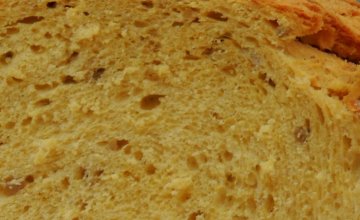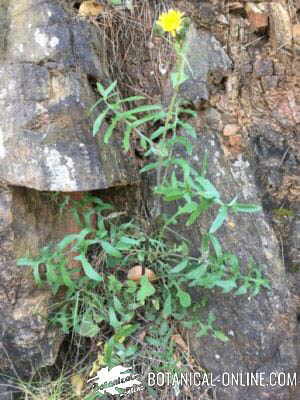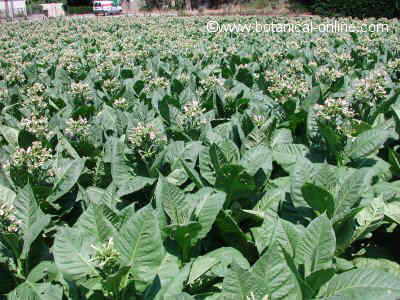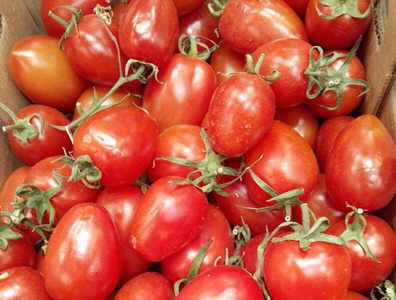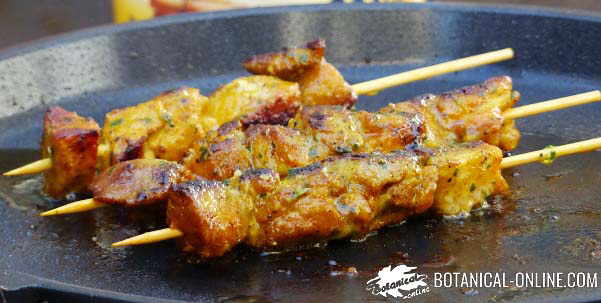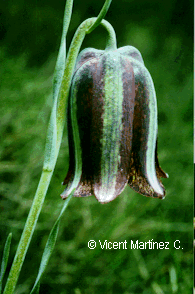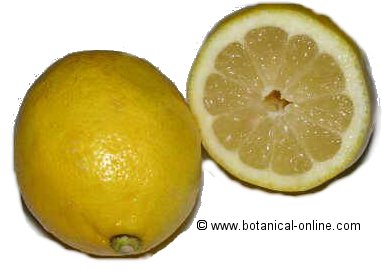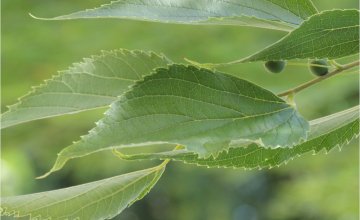Contents
- 1 Asparagus: Crop pests
- 1.1 The main pests that affect asparagus are: Common asparagus beetle / Spotted asparagus beetle (Crioceris asparagi L., Crioceris duodecempunctata L.)
- 1.2 Other insects that attack this crop
- 1.3 Asparagus cultivation: Diseases
- 1.4 Asparagus rust (Puccinia asparagi)
- 1.5 Rhizhoctonia or violet root rot (Rhizoctonia violacea Tul)
- 1.6 Asparagus fusarium: (Fusarium culmorum Sacc)
- 1.7 Gray mold: (Botrytis cinerea)
- 1.8 Asparagus: Physiopathies and cultivation problems
Asparagus: Crop pests
The main pests that affect asparagus are: Common asparagus beetle / Spotted asparagus beetle (Crioceris asparagi L., Crioceris duodecempunctata L.)
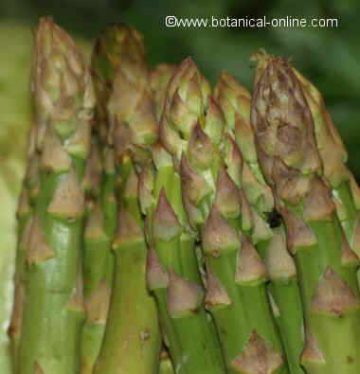 These are two types of beetles that eat leaves and stems. Adult beetles, which live in plants close to the crop field, invade the young stems, feeding on them. They lay on the young stems, so they get the asparagus not to be sold. In addition, when the larvae are born, they feed on the leaves of the plants, exfoliating them and preventing them from photosynthesis.
These are two types of beetles that eat leaves and stems. Adult beetles, which live in plants close to the crop field, invade the young stems, feeding on them. They lay on the young stems, so they get the asparagus not to be sold. In addition, when the larvae are born, they feed on the leaves of the plants, exfoliating them and preventing them from photosynthesis.
In order to avoid the development of this pest, it is convenient to collect the shoots on time, before they are invaded by beetles and they lay their eggs on them. Suitable insecticides or biological control may be used with parasitoid wasp Tetrastichus asparagi, which parasitizes these insects.
Other insects that attack this crop
- Asparagus fly (Platyparea poeciloptera Schr.): It is an exclusive asparagus fly. The underground larvae penetrate through the shoots, excavating vertical galleries. Treatment involves the use of the appropriate insecticide.
- Bean seed fly: (Phorbia platura Meigen) The larvae of this fly penetrate the shoots, digging galleries, which causes the asparagus to bend. Treatment involves the use of the appropriate insecticide.
- Aphids: They attack the shoot asparagus to the point that they can weaken the rhizomes. In addition to these pests, less important ones such as click beetles (Agriotes lineatus), cob-worms (Melolontha melolontha) or myriapods (Scugiterella immaculata Newport) should be considered.
Asparagus cultivation: Diseases
The main diseases that affect asparagus are:
Asparagus rust (Puccinia asparagi)
It is a fungus that easily reproduces wreaking havoc among asparagus crops. It attacks the aerial parts of the plants producing reddish spots. These attacks can cause a weakness in the external part of the plant that ends up drying it out. It can be chemically treated to prevent its spread, although these treatments fail to eradicate the disease.
The best way to avoid it is by taking the right preventive measures: Make sure that the aerial part is not too dense to favor aeration, plant in areas with good ventilation, avoid sprinkler irrigation, plant resistant varieties, etc.
Rhizhoctonia or violet root rot (Rhizoctonia violacea Tul)
It is a fungal disease that appears after a few years of cultivation, affecting the rhizomes and the part of the stem in contact with the soil. It manifests itself by producing short-sized asparagus, very hard and thin. In later stages, the roots are affected, they become red and non-functional. As time passes, the plant withers and dies.
It is a disease that affects not only asparagus but also other vegetables, such as carrots, potatoes, beets, etc. It is often the underground mycelium developed by this fungus in these crops that infects subsequent asparagus plantations.
Against this disease, only preventive measures are recommended, such as the use of rhizomes with sanitary guarantees, avoiding planting asparagus in places where vegetables prone to developing this disease have been planted before, or disinfecting tools well before carrying out work.
Asparagus fusarium: (Fusarium culmorum Sacc)
It is a fungus that attacks the roots by destroying the vascular bundles, which leads to the death of the plant. Among the most characteristic symptoms we can point out the appearance of chlorotic lesions on the plant, which later turn silver, the shoots wither and bend or appear covered by the white or pink fungus mycelium.
This type of contamination is produced by the entry of the pathogen through the wounds produced by maintenance work, especially through contaminated tools. Other times it is the wounds caused by pests or natural accidents that facilitate contagion.
They can be treated with the appropriate fungicide introduced through the irrigation water. Among the most important preventive measures we can mention: Use adequate irrigation to avoid waterlogging of the soil, look for porous soils avoiding clayey ones, disinfect tools well, use resistant varieties, etc.
Gray mold: (Botrytis cinerea)
It produces rot in the shoots that appear covered with a grayish layer that later turns white. The asparagus affected have no commercial value. It is a disease favored by poor ventilation and excess environmental humidity. The affected shoots may be treated with the appropriate fungicide according to the conditions of the package leaflet.
Among the most interesting preventive measures are increased plant spacing, the use of adequate irrigation or proper ventilation of plantations, especially those carried out in greenhouse or under plastic.
Asparagus: Physiopathies and cultivation problems
The main physiopathies of asparagus are:
- Wilting of young shoots: It occurs when young shoots are about to produce new branches. Various reasons can cause this initial wilting, such as deficiencies of certain minerals, especially boron, or problems in water absorption
- Rust of the shoots: It gives rise to the appearance of red elongated along the shoots, in times of wet and cold weather.
- Autumnal regrowth: It occurs in too hot and humid autumns, which produces a regrowth out of time that can wear off the reserves of the next harvest. In order to avoid this regrowth at the wrong time, it is advisable to stop watering and fertilizing during this season.
![]() More information on plants
More information on plants

